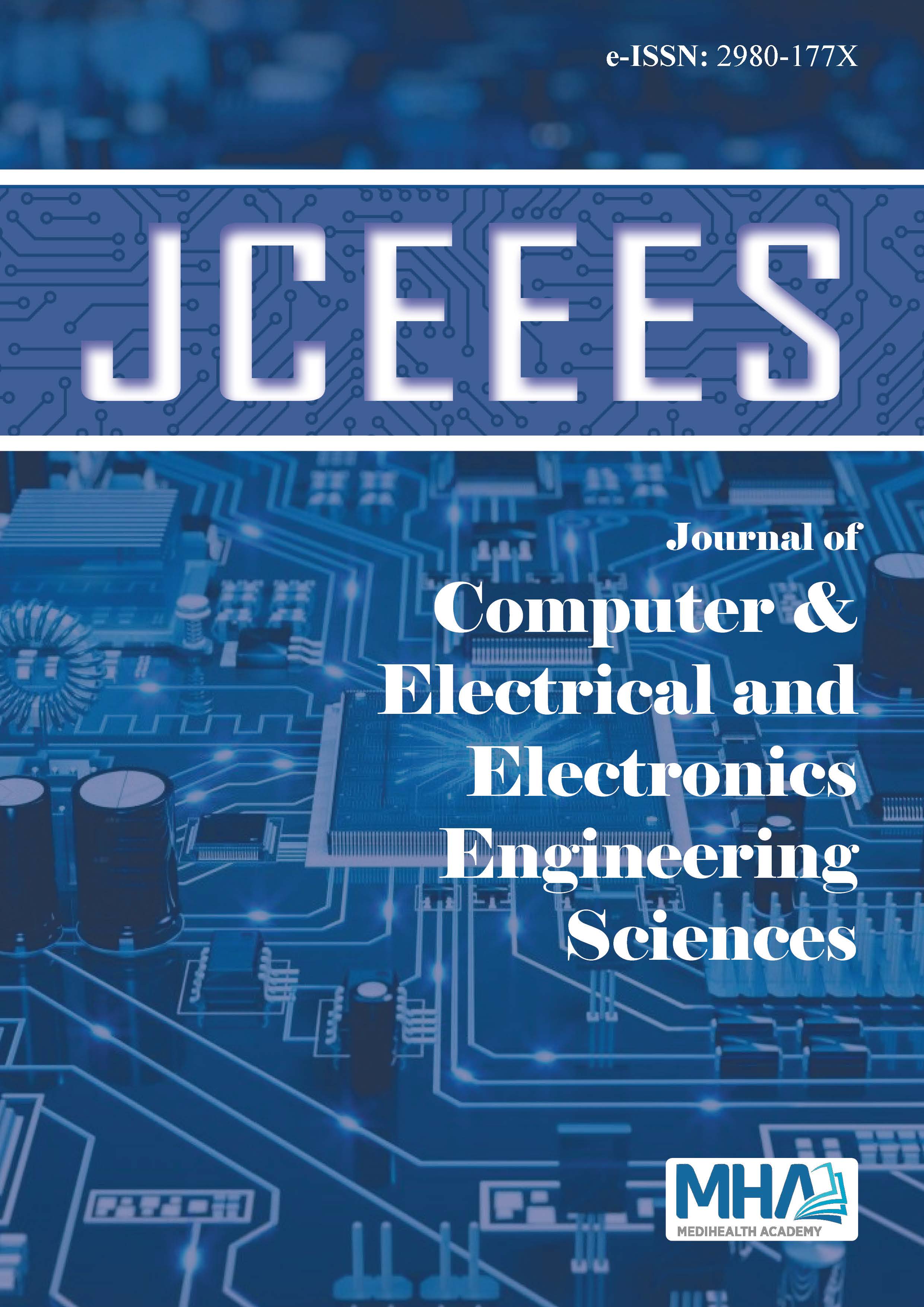1. Ahn, H., & Park, E. (2023). Motivations for user satisfaction ofmobile fitness applications: An analysis of user experience basedon online review comments.Humanities and Social SciencesCommunications,10(1), 1-7.
2. Bhargava, Y., & Nabi, J. (2020). The opportunities, challengesand obligations of Fitness Data Analytics.Procedia ComputerScience,167, 1354-1362.
3. Boateng, G., Petersen, C. L., Kotz, D., Fortuna, K. L., Masutani,R., & Batsis, J. A. (2022). A smartwatch step-counting app forolder adults: development and evaluation study.JMIR Aging,5(3),e33845.
4. Chalmers, T., Hickey, B. A., Newton, P., et al. (2021). Stress watch:the use of heart rate and heart rate variability to detect stress: apilot study using smart watch wearables.Sensors,22(1), 151.
5. Curralo AF, Faria PM, Curado A, Azeredo P, Lopes SI. (2022).Designing a UX Mobile App for Hydration and SustainabilityTracking in Academia. 13th International Conference on AppliedHuman Factors and Ergonomics
6. Folkvord, F., van Breugel, A., de Haan, S., de Wolf, M., deBoer, M., & Abeele, M. V. (2021). A protocol study to establishpsychological outcomes from the use of wearables for health andfitness monitoring.Frontiers in Digital Health,3, 708159.
7. Germini, F., Noronha, N., Borg Debono, et al. (2022). Accuracyand acceptability of wrist-wearable activity-tracking devices:systematic review of the literature.Journal of Medical InternetResearch,24(1), e30791.
8. Hegde, N., Melanson, E., & Sazonov, E. (2016, August).Development of a real time activity monitoring Androidapplication utilizing SmartStep. In2016 38th AnnualInternational Conference of the IEEE Engineering in Medicine andBiology Society (EMBC)(pp. 1886-1889). IEEE.
9. Herrmann, L. K., & Kim, J. (2017). The fitness of apps: atheory-based examination of mobile fitness app usage over 5months.Mhealth,3, 2.
10. Higgins, J. P. (2016). Smartphone applications for patients’ healthand fitness.The American Journal of Medicine,129(1), 11-19.
11. Jee, H. (2017). Review of researches on smartphone applicationsfor physical activity promotion in healthy adults.Journal ofExercise Rehabilitation,13(1), 3.
12. Khaghani-Far, I., Nikitina, S., Baez, M., Taran, E. A., & Casati,F. (2016). Fitness applications for home-based training.IEEEPervasive Computing,15(4), 56-65.
13. Liu, R., & Lin, F. X. (2016). Understanding the characteristics of androidwear OS. InProceedings of the 14th Annual International Conference onMobile Systems, Applications, and Services(pp. 151-164).
14. Nissen, M., Slim, S., Jäger, K., et al. (2022). Heart rate measurementaccuracy of Fitbit Charge 4 and Samsung Galaxy Watch Active2: deviceevaluation study.JMIR Formative Research,6(3), e33635.
15. Philip, B. J., Abdelrazek, M., Bonti, A., Barnett, S., & Grundy, J. (2022).Data collection mechanisms in health and wellness apps: review andanalysis.JMIR mHealth and uHealth,10(3), e30468.
16. Rockmann, R., & Gewald, H. (2019). Individual fitness app use: therole of goal orientations and motivational affordances. Twenty-fifthAmericas Conference on Information Systems, Cancún, 2019.
17. Voth, E. C., Oelke, N. D., & Jung, M. E. (2016). A theory-based exerciseapp to enhance exercise adherence: a pilot study.JMIR mHealth anduHealth,4(2), e4997.
18. Yang, M., Guo, J., Zhao, Z., Xu, T., & Bai, L. (2020). Teenager healthoriented data security and privacy protection research for smartwearable device.Procedia Computer Science,174, 333-339.
19. Yu, J. H., Ku, G. C. M., Lo, Y. C., Chen, C. H., & Hsu, C. H. (2021).Identifying the antecedents of university students’ usage behaviour offitness Apps.Sustainability,13(16), 9043.
20. Zhang, X., & Xu, X. (2020). Continuous use of fitness appsand shaping factors among college students: A mixed-methodinvestigation.International Journal of Nursing Sciences,7, S80-S87.

